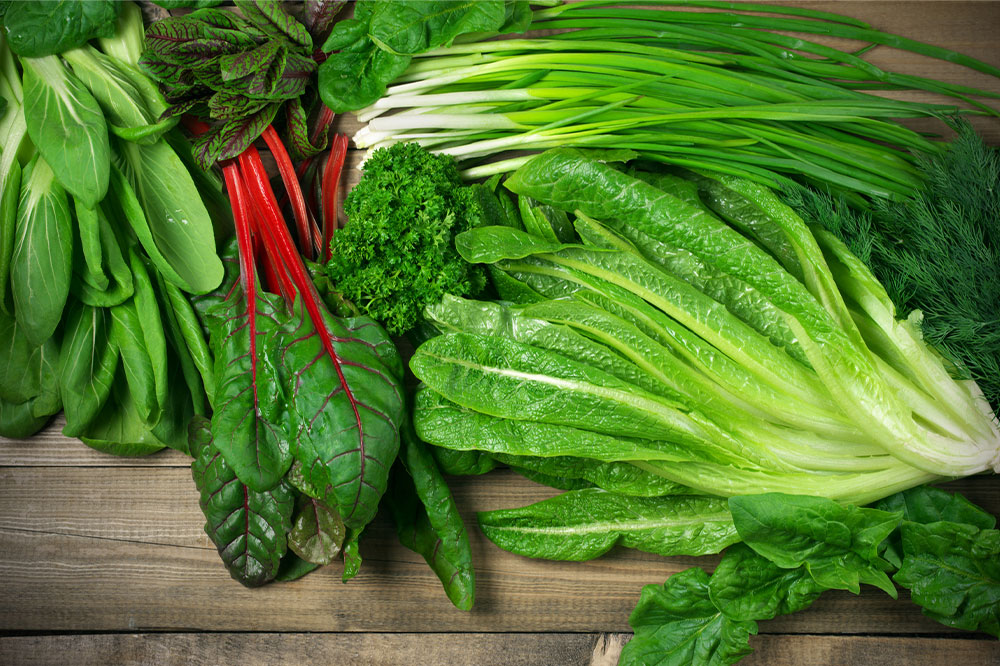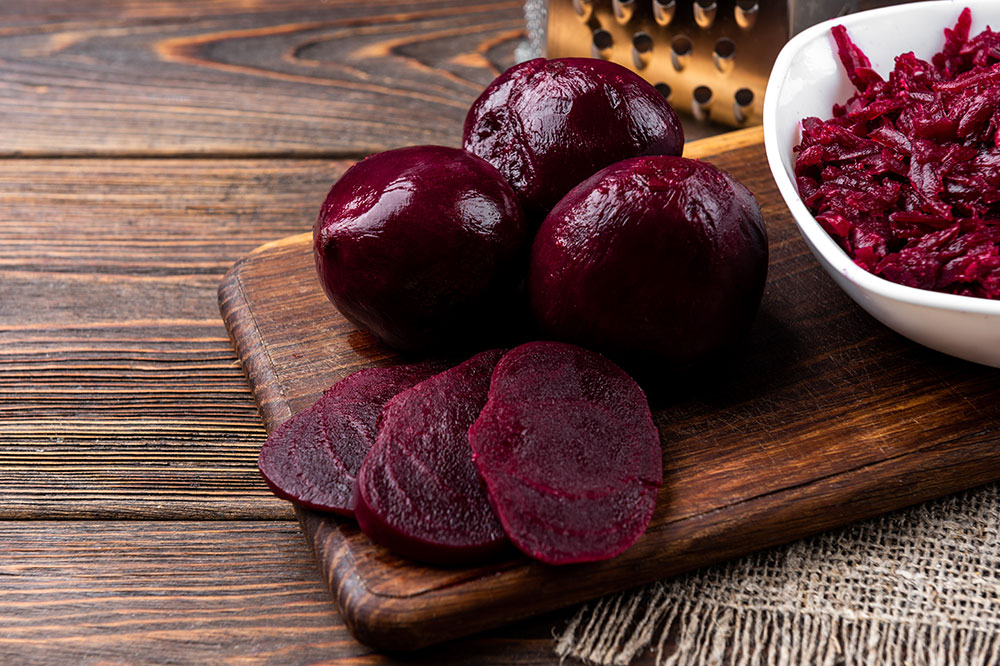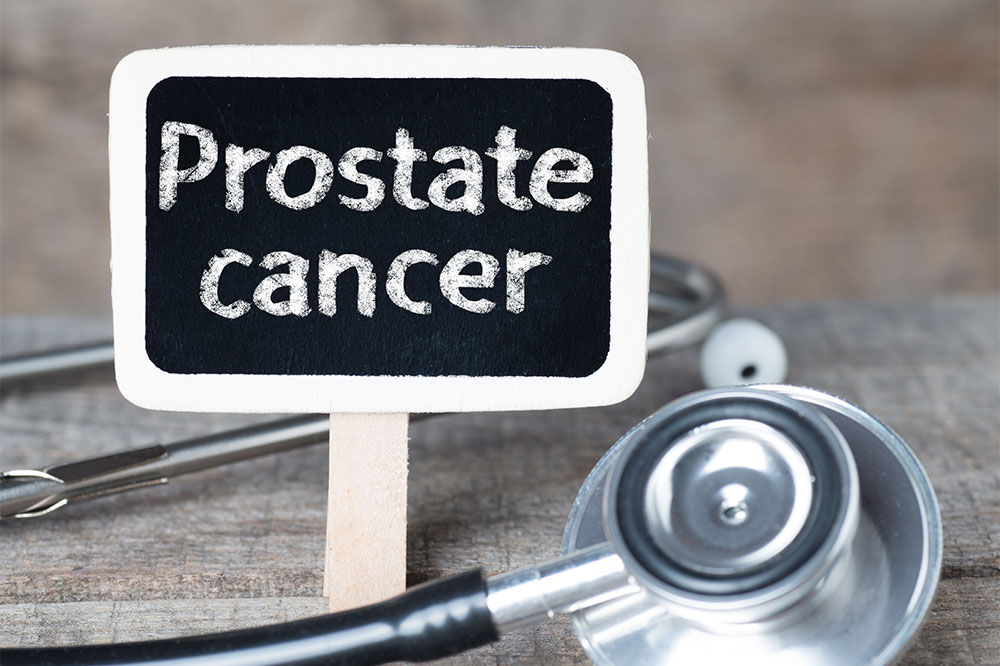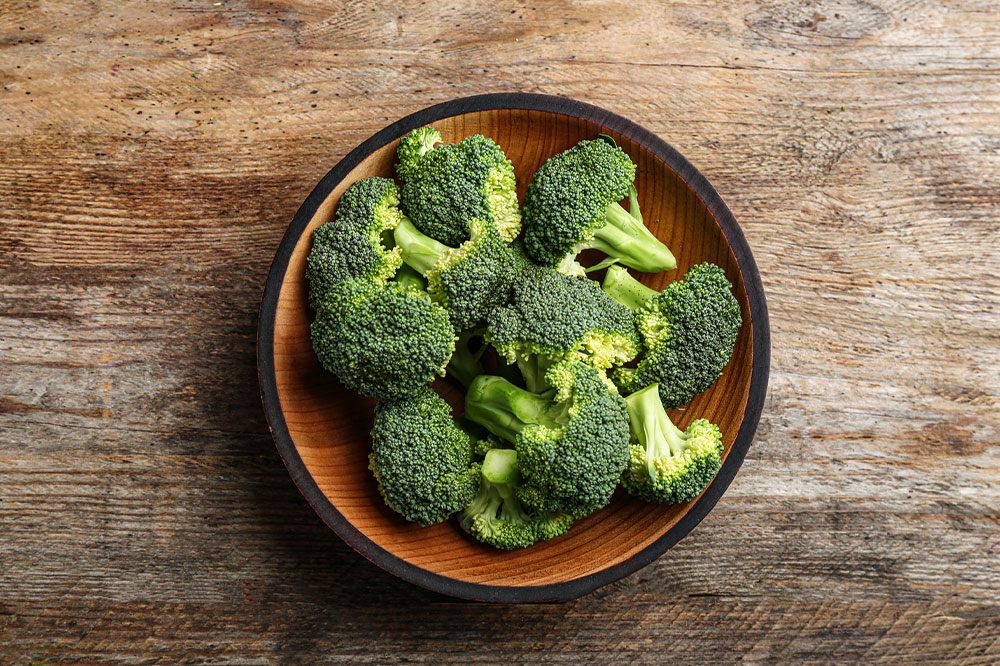
10 Healthy Foods That Help Relieve Period Pain
Menstrual cramps are painful sensations that occur before or during a woman’s period. The intensity of such pain can vary among women, causing little discomfort to some while making it excruciating for a few others. The pain in the lower abdomen can be throbs, cramps, and spasms, while it could be a constant dull pain for some. Keep reading to learn more about the causes of menstrual pain and foods to eat to manage them. Causes of period pain Uterine contractions Uterine contractions are the contraction and expansion of the uterine muscle, which happens during the menstrual cycle. Contractions also happen during other times, but most women are unaware of or feel it except during their period and childbirth. Chemicals and hormonal changes in the uterus During periods when the muscular wall contracts, it compresses the blood vessels in the uterus lining and cuts off the blood and oxygen supply to the womb. The womb tissues release chemicals to trigger pain. Our body also produces prostaglandins, a chemical that makes the womb muscles contract more, resulting in further pain. Excessive buildup of prostaglandins could lead to stronger contractions and severe pain. The prostaglandins can also cause headaches, diarrhea, and nausea during periods.
Read More 










